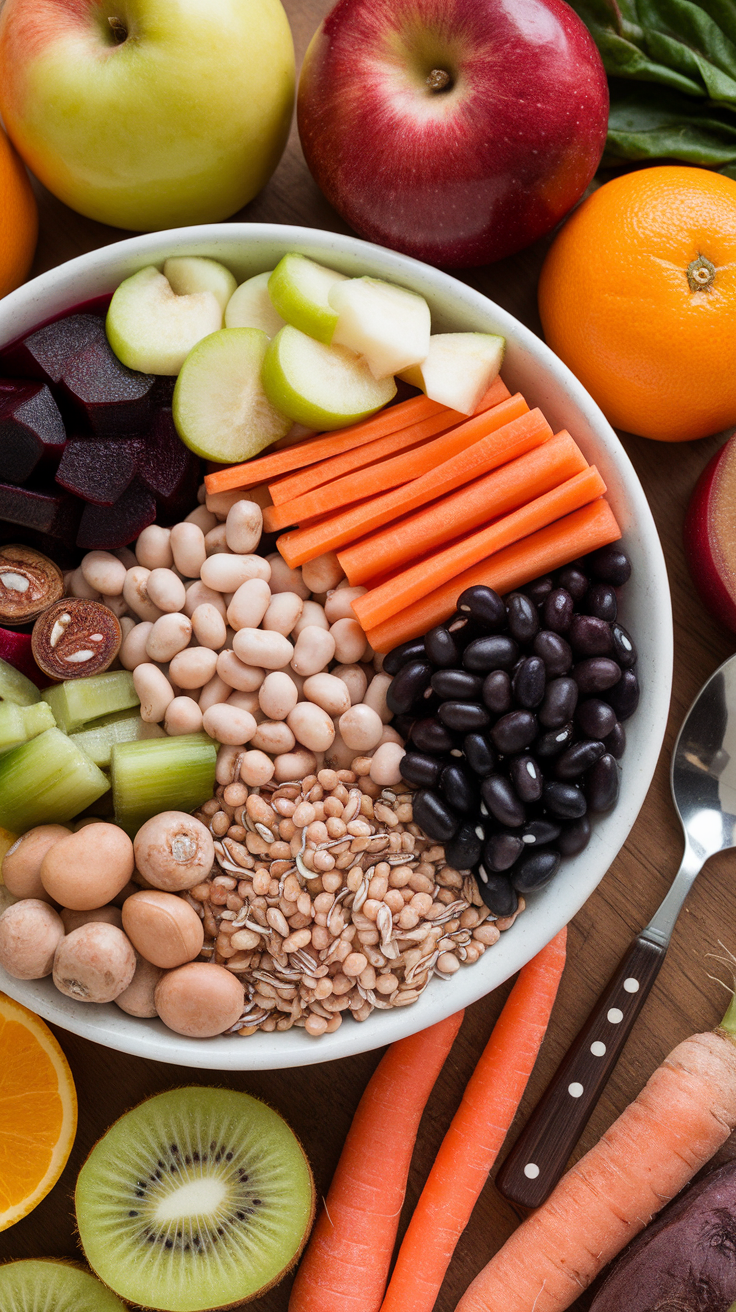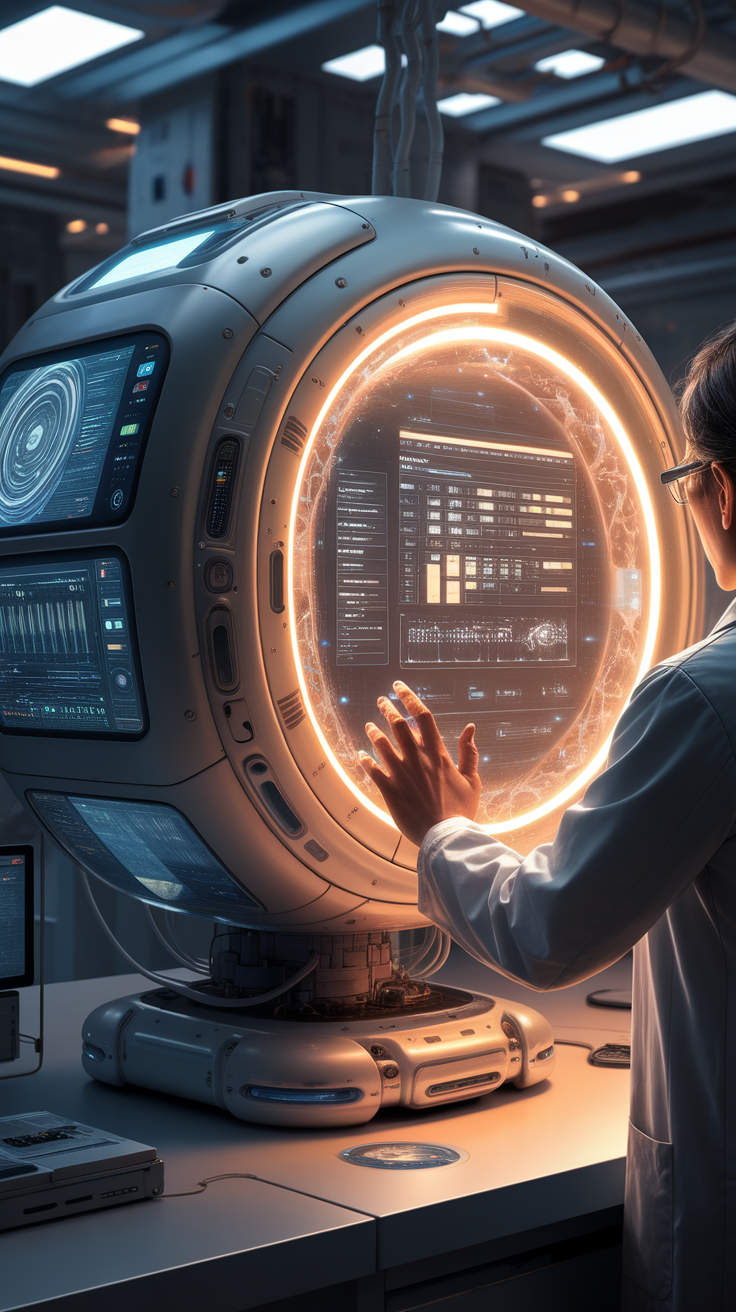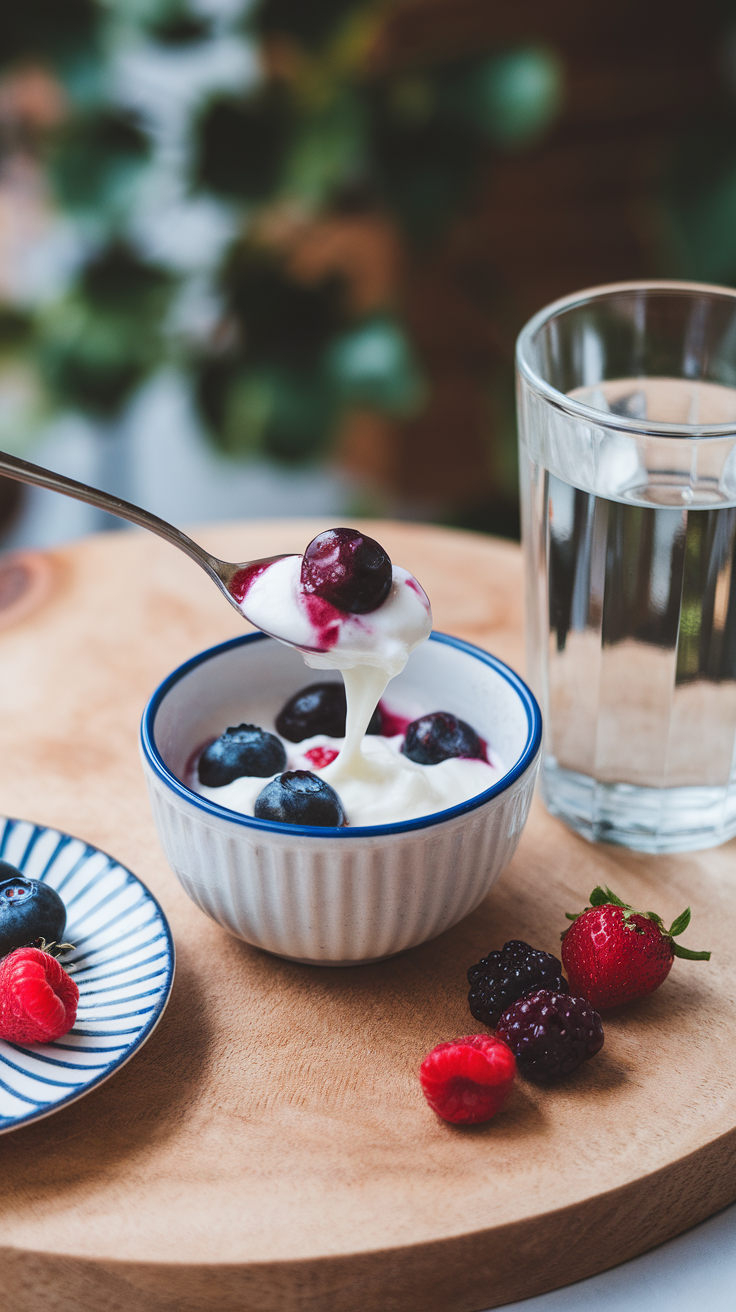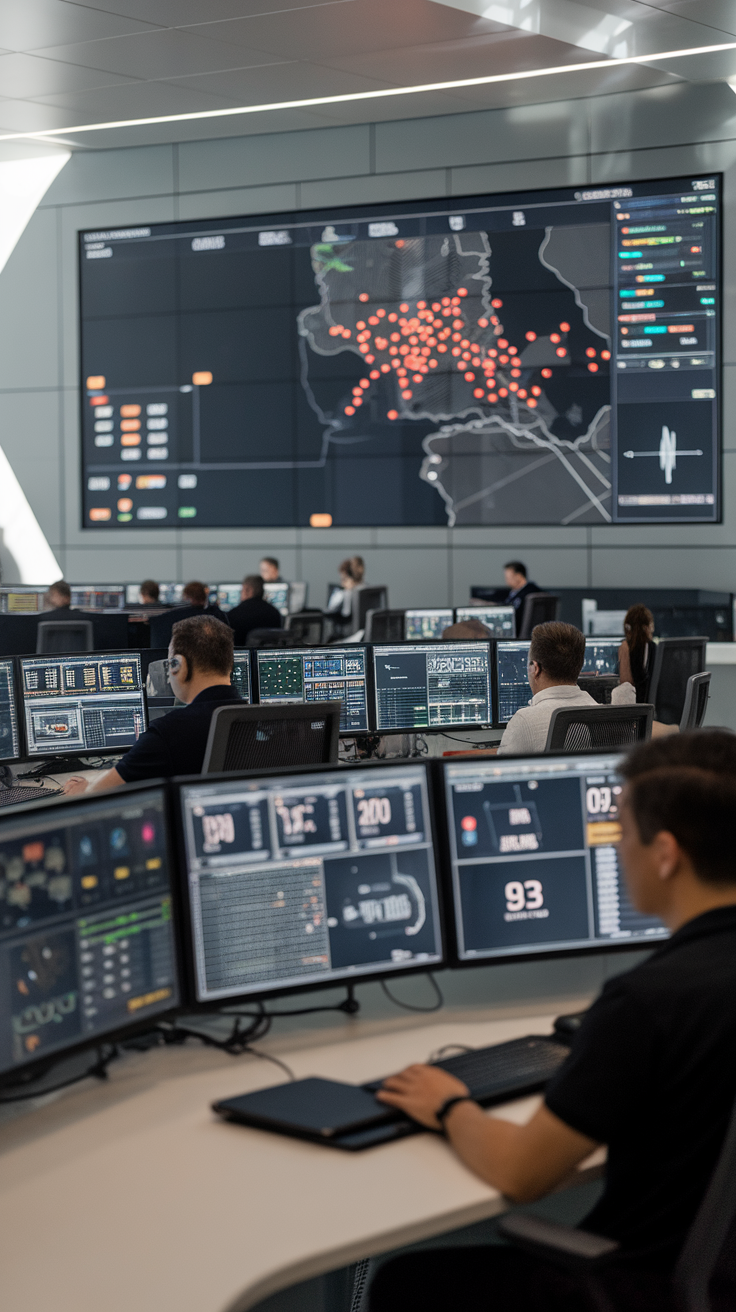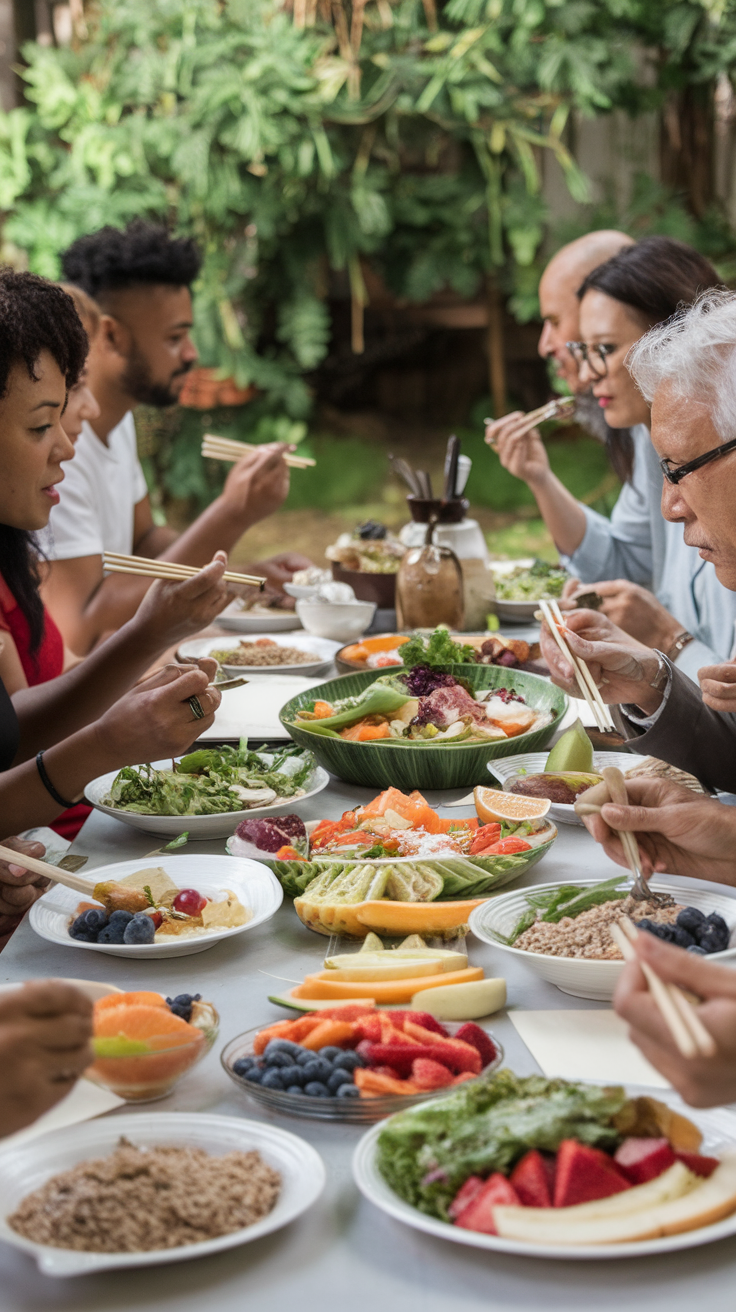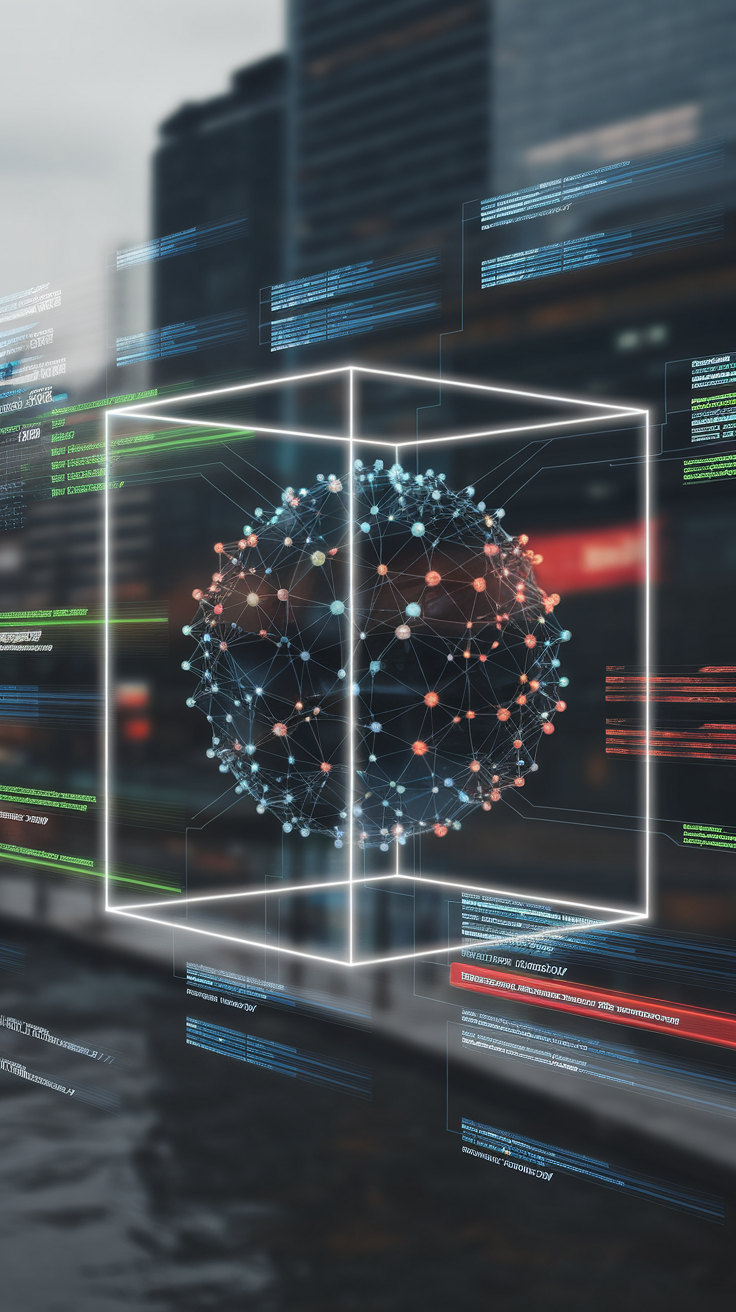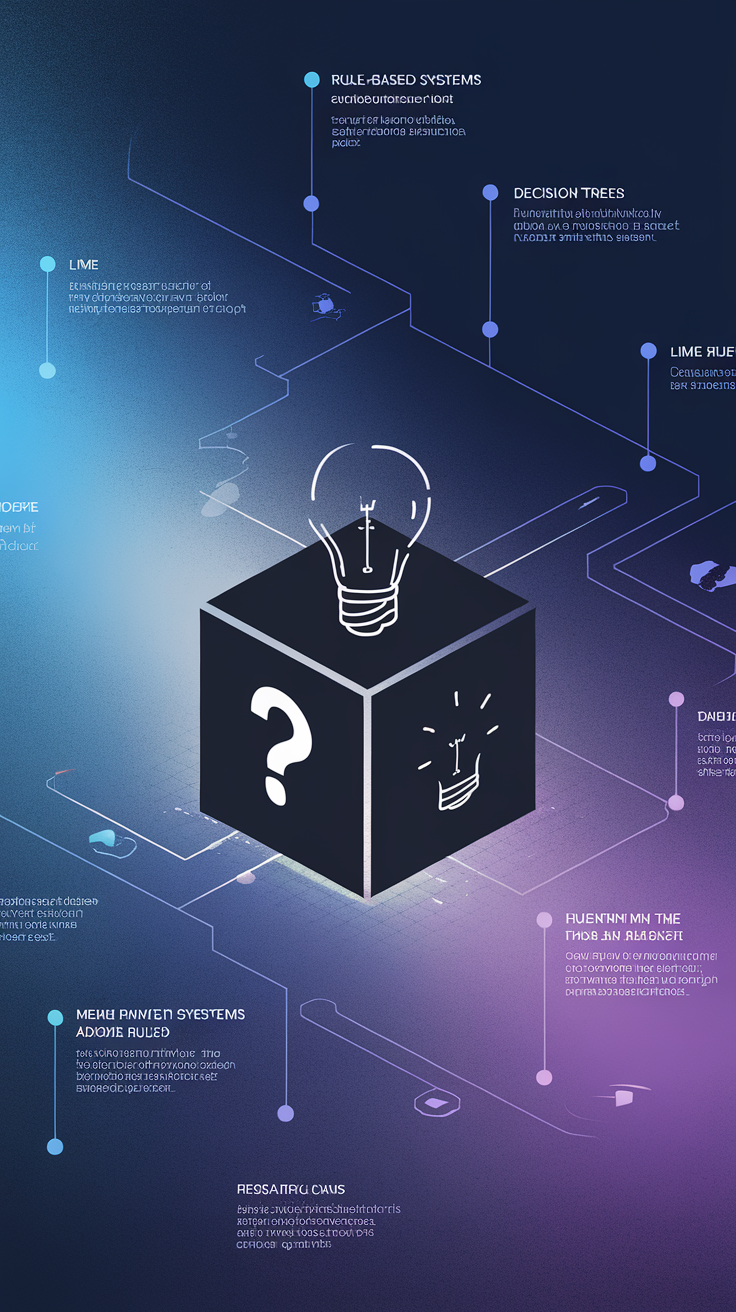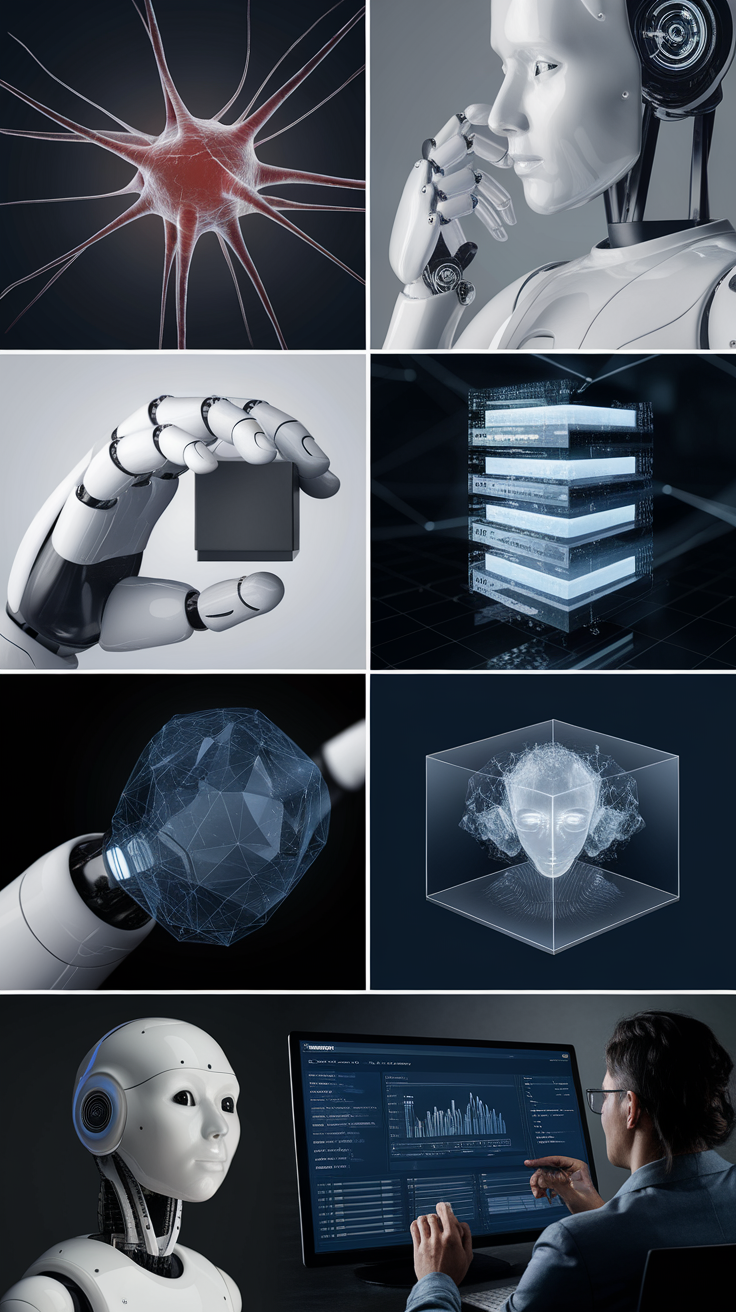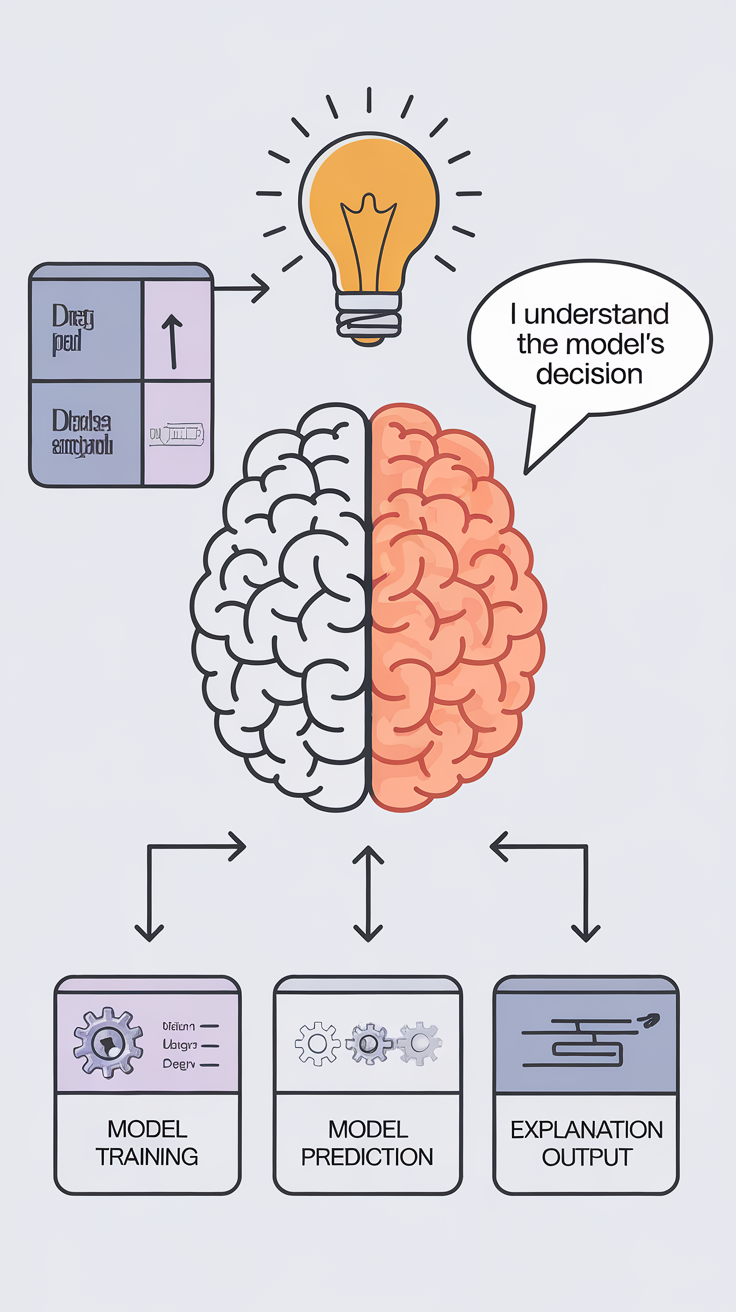AI-Powered Art: The Evolution of Computer-Generated Art
Last Updated: July 28, 2025 at 6:00:35 AM UTC
As AI technology advances, computer-generated art is revolutionizing the creative process, offering new possibilities for artists and designers.

The world of art is on the cusp of a major transformation, driven by the rapid advancements in artificial intelligence (AI) technology. Computer-generated art, once the realm of science fiction, is now a reality, and its impact is being felt across the art world. In this post, we'll explore the evolution of AI-powered art, its benefits, and the potential challenges it poses for traditional artists and designers.
The Early Days of AI Art
The concept of AI-generated art dates back to the 1960s, when computer scientists began experimenting with algorithms to create visual representations. However, it wasn't until the 2010s that AI art started gaining popularity, thanks to the development of deep learning techniques and the availability of large datasets. Early AI art was often characterized by simplistic, algorithmically generated images, but as the technology improved, so did the quality and complexity of the output.
The Rise of Generative Adversarial Networks (GANs)
GANs, a type of AI algorithm, have been instrumental in the evolution of AI art. GANs consist of two neural networks that work together to generate new, synthetic data that resembles real-world data. In the context of art, GANs can be used to generate realistic images, such as portraits, landscapes, and abstract compositions. The potential applications of GANs in art are vast, from creating new styles and techniques to assisting artists with their creative process.
The Benefits of AI-Powered Art
AI-powered art offers several benefits, including:
- Increased creativity: AI algorithms can generate new and innovative ideas, allowing artists to explore new styles and techniques.
- Improved efficiency: AI can automate tedious and time-consuming tasks, freeing up artists to focus on higher-level creative decisions.
- New forms of expression: AI-generated art can create new forms of expression that were previously impossible, such as interactive and immersive experiences.
The Challenges of AI-Powered Art
While AI-powered art offers many benefits, it also poses several challenges, including:
- Loss of human touch: AI-generated art may lack the emotional depth and human touch that is often present in traditional art.
- Dependence on technology: AI-powered art relies heavily on technology, which can be unreliable and prone to errors.
- Ethical considerations: AI-generated art raises ethical questions about authorship, ownership, and the potential misuse of AI technology.
Conclusion/Key Takeaways
AI-powered art is revolutionizing the creative process, offering new possibilities for artists and designers. While there are challenges to be addressed, the potential benefits of AI-powered art are vast, from increased creativity and efficiency to new forms of expression. As AI technology continues to evolve, it will be exciting to see how it shapes the future of art and design.
The intersection of AI and art is a fascinating and rapidly evolving field, and it will be interesting to see how it continues to shape the creative process in the years to come.
